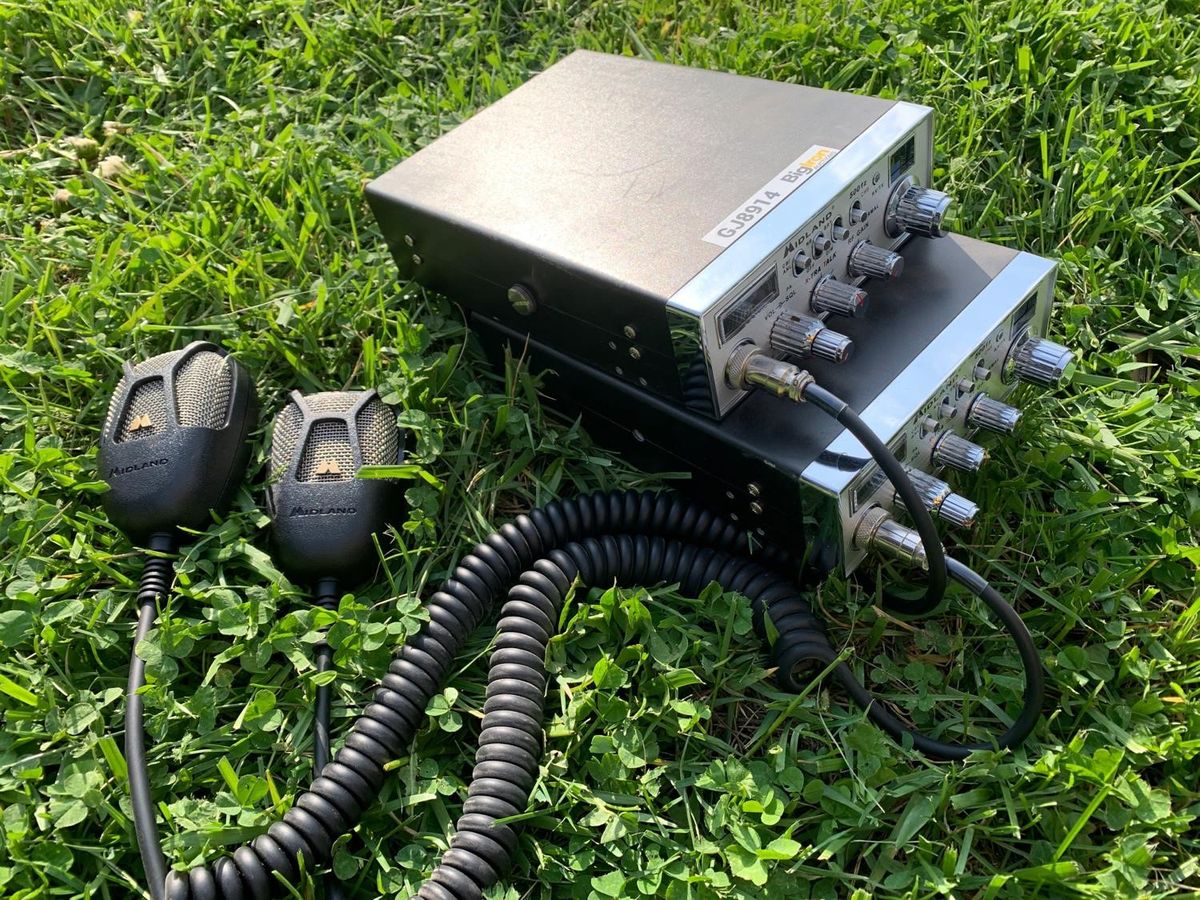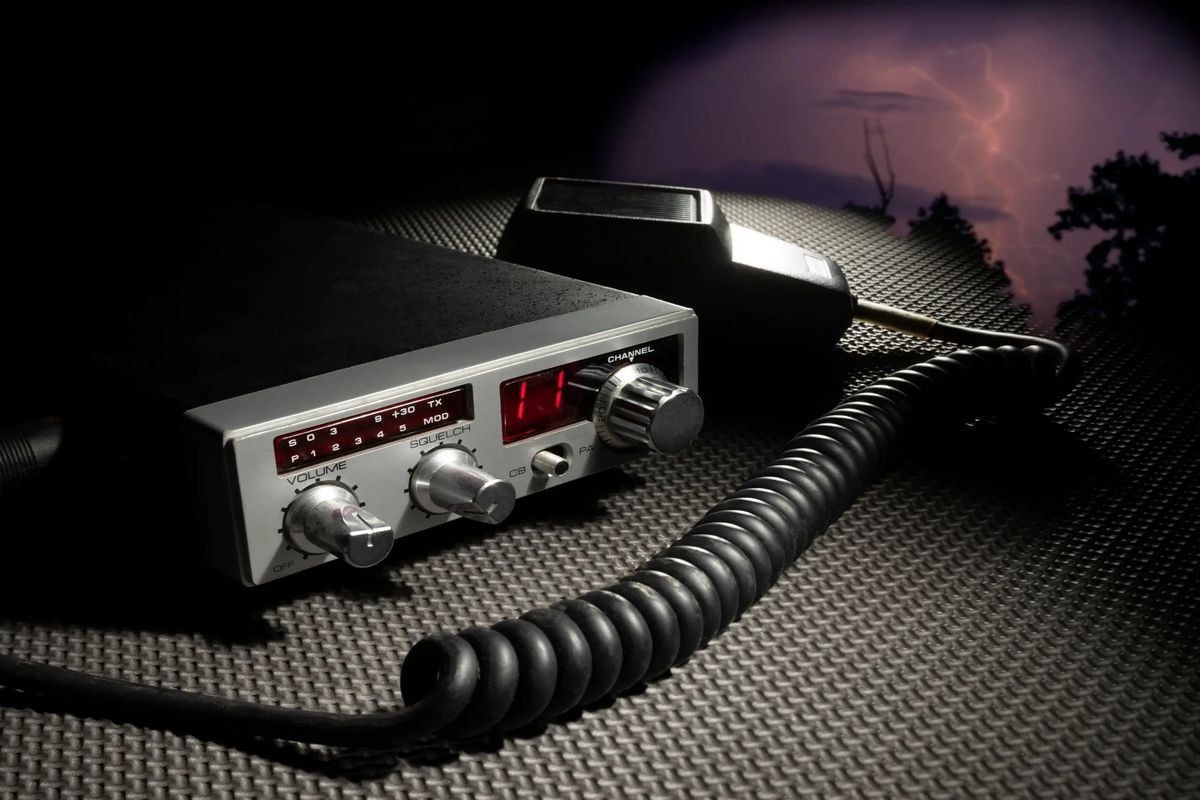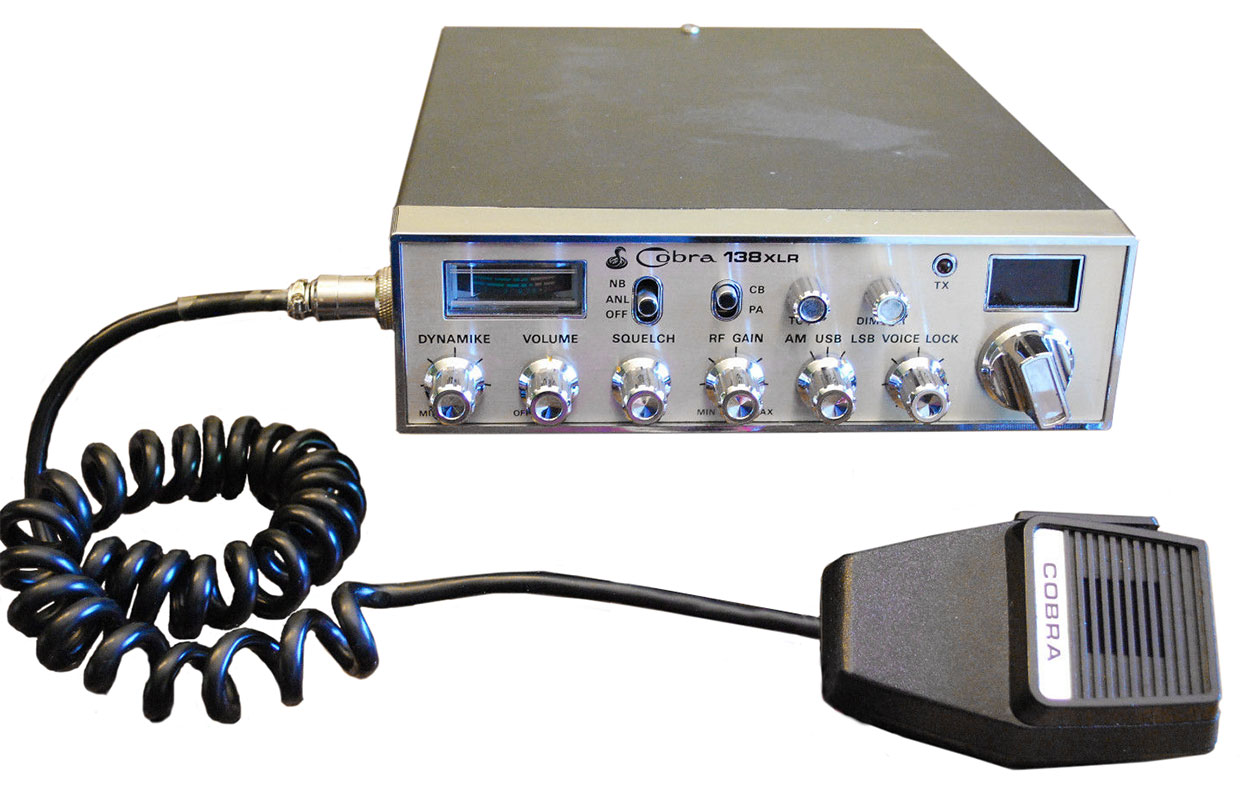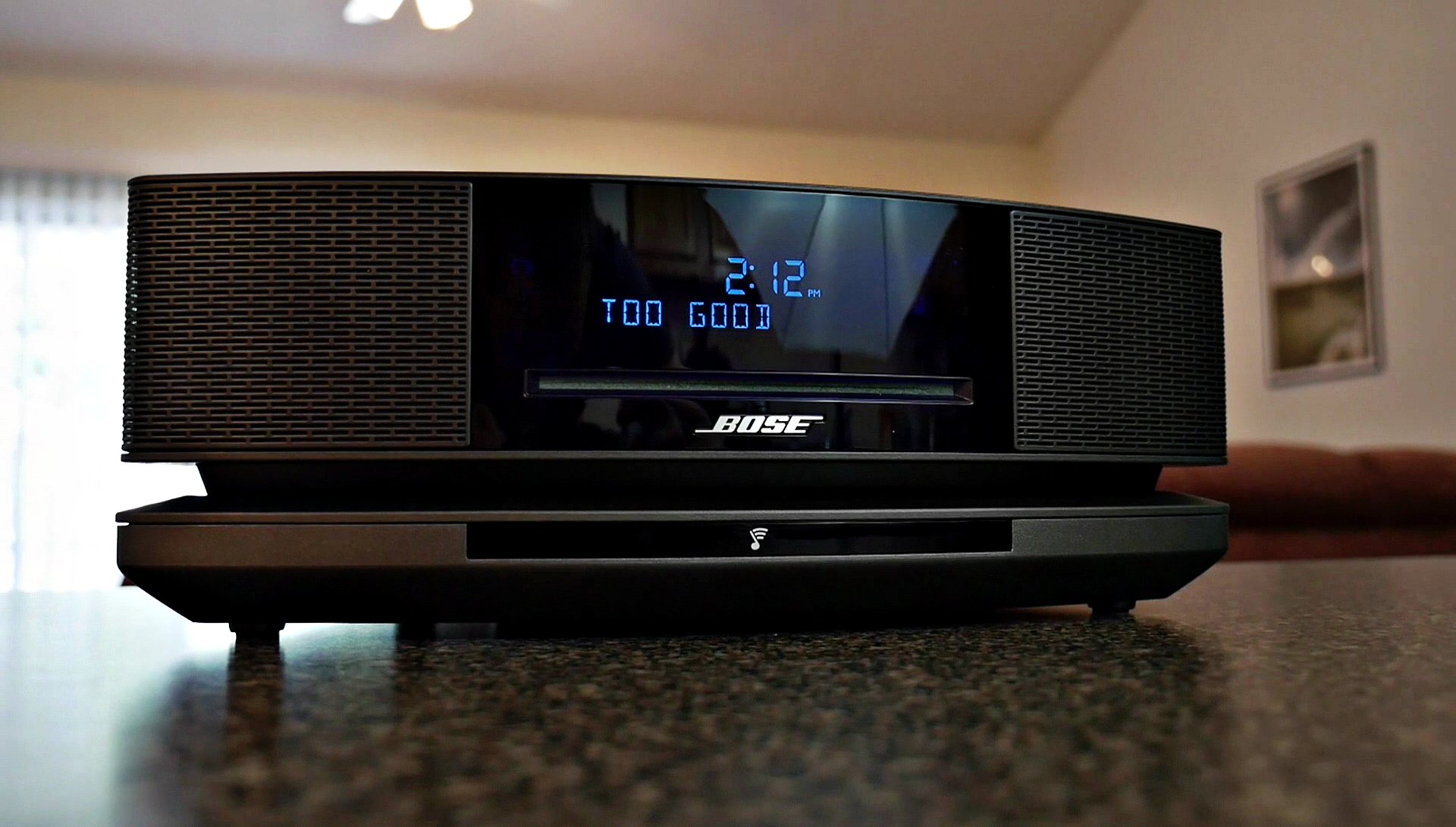Home>Devices & Equipment>Radio>How To Set SWR On CB Radio
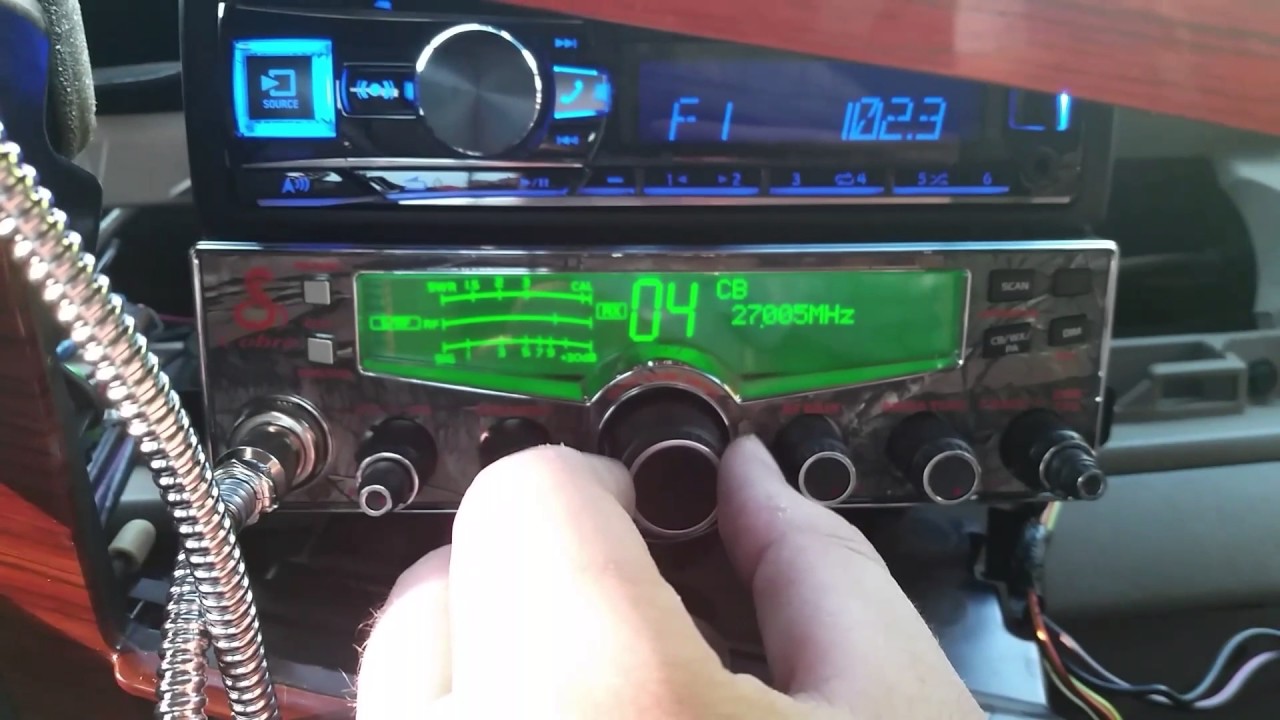

Radio
How To Set SWR On CB Radio
Modified: January 22, 2024
Learn how to set SWR on your CB radio properly for optimal performance and clear communication. Step-by-step guide to ensure your radio is tuned correctly.
(Many of the links in this article redirect to a specific reviewed product. Your purchase of these products through affiliate links helps to generate commission for AudioLover.com, at no extra cost. Learn more)
Table of Contents
Introduction
Welcome to the world of CB radio! Citizens Band (CB) radio has been a popular means of communication for decades, allowing people to connect with each other over short distances. Whether you’re a truck driver, off-road enthusiast, or just someone who enjoys staying connected on the road, having a properly set Standing Wave Ratio (SWR) on your CB radio is crucial.
In this article, we will dive into the concept of SWR and why it is important to set it correctly. We will also provide you with a step-by-step guide on how to set SWR on your CB radio effectively. So, if you’re ready to optimize the performance of your CB radio, let’s get started!
But before we delve into the technicalities, let’s briefly explain what SWR is. SWR is a measurement of how well your CB radio’s antenna is transmitting and receiving signals. The lower the SWR, the more efficiently your antenna is functioning. Conversely, a high SWR indicates that there is an impedance mismatch, resulting in less favorable signal transmission and potential damage to your radio.
Now, you might be wondering why it is so important to set SWR correctly. Well, a high SWR not only compromises the performance of your radio but can also lead to overheating and even permanent damage. It can also cause interference with other electronic devices and neighboring CB radios.
Properly setting the SWR ensures that you are getting the maximum range and clarity out of your CB radio. It allows for better communication, minimizing noise and signal loss. Additionally, setting the SWR correctly ensures that you are operating within the legal limits set by regulatory authorities, avoiding any potential fines or penalties. So, investing some time in adjusting and maintaining your SWR is a worthwhile endeavor.
Now that you understand the importance of setting SWR correctly, let’s move on to the equipment you will need to get started.
Understanding SWR on CB Radio
Before we dive into the process of setting SWR, it’s essential to have a good understanding of what SWR is and how it affects your CB radio’s performance.
In simple terms, SWR, or Standing Wave Ratio, is a measurement of the impedance match between your CB radio and its antenna. It tells us how well the radio is transmitting power from the transmitter to the antenna and how efficiently that power is being sent into the atmosphere as radio waves.
Impedance mismatch occurs when the CB radio’s output impedance and the antenna’s input impedance are not matched. Ideally, you want these impedance values to be as close as possible for maximum power transfer and optimal performance. An SWR of 1:1 represents a perfect match, while higher values indicate an impedance mismatch.
When you have an impedance mismatch, some of the radio’s power is reflected back towards the radio instead of being transmitted through the antenna. This reflected power can damage the radio’s final transmitter stage and lower its efficiency. It can also cause interference, reduced range, and poor reception quality.
High SWR values can result from a variety of factors, such as antenna height, antenna location, antenna type, coaxial cable length, and electrical interference. Therefore, it’s important to regularly check and adjust your SWR to maintain optimal CB radio performance.
Now that you have a basic understanding of SWR, let’s explore the importance of setting SWR correctly in the next section.
Importance of Setting SWR Correctly
Setting the SWR correctly on your CB radio is crucial for several important reasons. Let’s take a closer look at why it’s essential to maintain a low SWR value:
1. Maximizing Performance: By setting your SWR to a low value, you ensure optimal power transfer between your CB radio and antenna. This maximizes the efficiency of your radio, allowing for better signal transmission and reception. You’ll experience clearer communication, improved range, and reduced interference.
2. Protecting Your CB Radio: High SWR values can result in excessive heat buildup within your radio. This can lead to damage to its internal components, including the transmitter and final amplifier stages. By setting SWR correctly, you prevent overheating and potential long-term damage to your radio.
3. Avoiding Interference: A higher SWR may cause interference with nearby electronic devices and other CB radios. This interference can disrupt communication and make it challenging to receive and transmit signals clearly. By ensuring a low SWR, you minimize the risk of interfering with others and optimize the overall performance of your radio.
4. Staying Legal: Regulatory bodies, such as the Federal Communications Commission (FCC), have set limits on the power output and SWR for CB radios. These limits are in place to prevent excessive signal emissions that can cause harmful interference to other devices. By setting your SWR correctly, you operate within these legal limits, avoiding potential fines or penalties for non-compliance.
5. Preserving Antenna Lifespan: By maintaining a low SWR, you reduce stress on your antenna and coaxial cable. A high SWR can cause increased voltage standing waves, leading to premature wear and potential damage to your antenna. Ensuring a proper match between your radio and antenna extends the lifespan of your equipment.
By understanding the importance of setting SWR correctly, you can effectively optimize the performance of your CB radio and ensure a smooth communication experience. In the next section, we’ll discuss the equipment you’ll need to set SWR on your CB radio.
Equipment Required for Setting SWR
Before you can begin the process of setting SWR on your CB radio, it’s important to gather the necessary equipment. Here’s a list of the essential items you’ll need:
- CB Radio: Of course, you’ll need a CB radio to work with. Make sure it’s in proper working condition before proceeding.
- SWR Meter: An SWR meter is a crucial tool for determining the SWR value of your radio. It measures the amount of power being reflected back into the radio from the antenna. There are various types of SWR meters available, including built-in SWR meters in some CB radios, external SWR meters, and inline SWR meters that sit between the radio and the antenna.
- Coaxial Cable: A good quality coaxial cable is essential for transmitting signals between the radio and the antenna. Make sure the coaxial cable is in good condition, without any damage or signs of wear.
- Antenna: A properly selected and installed antenna is key to achieving good SWR values. There are different types of antennas available, such as fiberglass whip antennas, magnetic mount antennas, and mountable high-gain antennas. Choose an antenna that suits your specific needs and installation options.
- Coaxial Cable Connectors: You’ll also need connectors to attach the coaxial cable to both the radio and the antenna. The connectors should match the type of connectors on your radio and antenna.
- Mounting Hardware: Depending on your specific antenna choice, you may need mounting hardware such as brackets, clamps, or screws to secure the antenna to your vehicle or a mounting location.
Having these essential items ready will ensure that you have everything you need to accurately measure and adjust the SWR on your CB radio. With the equipment in hand, you’re now ready to dive into the step-by-step process of setting SWR. Let’s explore that in the next section.
Step-by-Step Guide to Setting SWR on CB Radio
Setting the SWR on your CB radio may seem like a daunting task, but with the right equipment and following these step-by-step instructions, you’ll be able to do it with ease. Let’s dive into the process:
- Choose a Suitable Location: Find an open space away from buildings and other obstructions to set up your CB radio. This will ensure minimal interference and accurate readings.
- Mount the Antenna: Install your antenna according to the manufacturer’s instructions. Ensure that it is securely mounted and properly grounded.
- Connect Coaxial Cable: Connect one end of the coaxial cable to the antenna and the other to the CB radio, ensuring a tight and secure connection.
- Turn Off the CB Radio: Before proceeding, make sure your CB radio is turned off to avoid any potential damage during the SWR measurement process.
- Set Up the SWR Meter: If you’re using an external or inline SWR meter, connect it between the CB radio and the antenna. Make sure the meter is set to the SWR mode.
- Turn On the CB Radio: Turn on your CB radio and set it to Channel 1 (the lowest frequency) with the SWR meter still in place.
- Calibrate the SWR Meter: Follow the instructions provided with your SWR meter to calibrate it properly. This step ensures accurate SWR readings.
- Take SWR Measurements: With the CB radio still set to Channel 1, key the microphone and note the SWR reading on the meter. Then, unkey the microphone and record the reflected power reading. Repeat this process for Channel 40 (the highest frequency).
- Interpret the SWR Readings: Compare the SWR readings for Channels 1 and 40. Ideally, you want the SWR to be as low as possible across all channels, with a target range of 1.5 or less.
- Adjust Antenna Length: If the SWR reading is higher than desired, you may need to adjust the length of your antenna. Refer to the antenna’s instructions or consult a professional for guidance on adjusting the antenna length.
- Re-measure SWR: After making any adjustments, repeat the measurement process to ensure the SWR is within the desired range.
By following these step-by-step instructions, you’ll be able to accurately set the SWR on your CB radio. Remember, it’s essential to take your time and make precise adjustments to achieve optimal performance. In the next section, we’ll discuss some common issues you may encounter when setting SWR and how to troubleshoot them.
Troubleshooting Common SWR Issues
While setting the SWR on your CB radio, you may encounter some common issues. Understanding these issues and knowing how to troubleshoot them will help you achieve the best SWR values. Let’s look at some common problems and their potential solutions:
1. High SWR Readings: If you consistently measure high SWR readings across all channels, there are a few possible causes and solutions:
- Check the antenna installation: Ensure that the antenna is properly grounded and securely mounted.
- Inspect the coaxial cable: Make sure the coaxial cable is not damaged and is properly connected to both the antenna and the CB radio.
- Adjust the antenna length: If the SWR readings are consistently high, you may need to adjust the length of the antenna. Refer to the antenna’s instructions or seek professional assistance.
2. Inconsistent SWR Readings: If the SWR readings vary significantly across different channels, you may need to try the following steps:
- Check the position of the antenna: Ensure that the antenna is straight and not bent or damaged.
- Inspect the coaxial cable connectors: Ensure that the connectors are securely attached and not loose or damaged.
- Check for obstructions: Remove any obstructions that may interfere with the antenna’s signal, such as nearby metal objects or trees.
3. SWR Fails to Go Below 3.0: If you’re unable to achieve an SWR below 3.0, even after trying the previous steps, consider the following:
- Check the antenna quality: Poor-quality antennas may not provide optimal SWR values. Consider upgrading to a better quality antenna.
- Review the proximity of metallic surfaces: Ensure that the antenna and coaxial cable are clear from any nearby metallic surfaces, as they can affect SWR readings.
- Consult a professional: If all else fails, it may be beneficial to seek assistance from a professional CB radio technician who can provide specialized troubleshooting.
Remember, troubleshooting SWR issues requires patience and careful observation. It’s essential to go through the process systematically, checking each component and making appropriate adjustments along the way. If you’re unable to resolve the issue on your own, don’t hesitate to seek expert help.
Now that you’re armed with troubleshooting knowledge, you’re well-equipped to tackle any SWR issues that may arise. In the final section, we’ll conclude our discussion on setting SWR on CB radios.
Conclusion
Setting the SWR on your CB radio is a crucial step in optimizing its performance and ensuring clear communication. By understanding the concept of SWR, the importance of setting it correctly, and following a step-by-step guide, you can achieve optimal SWR values and enjoy a better CB radio experience.
Proper SWR settings maximize your radio’s efficiency, protect it from damage, avoid interference with other devices, and keep you within the legal limits. With the right equipment, such as an SWR meter, coaxial cable, and a suitable antenna, you can accurately measure and adjust the SWR for optimal performance.
During the process, it’s important to troubleshoot common SWR issues, such as high readings or inconsistent values. By checking the antenna installation, inspecting the coaxial cable, adjusting the antenna length, and ensuring a clear signal path, you can mitigate these issues and achieve desired SWR values.
Remember, setting SWR requires patience and attention to detail. Take your time, follow the steps carefully, and make precise adjustments when necessary. If you’re uncertain or encounter persistent issues, don’t hesitate to seek assistance from a professional CB radio technician.
Now that you have a comprehensive understanding of setting SWR on CB radios, you’re ready to optimize your CB radio’s performance and enjoy clear communication during your journeys. Get out on the road, set your SWR correctly, and experience the full potential of your CB radio!

